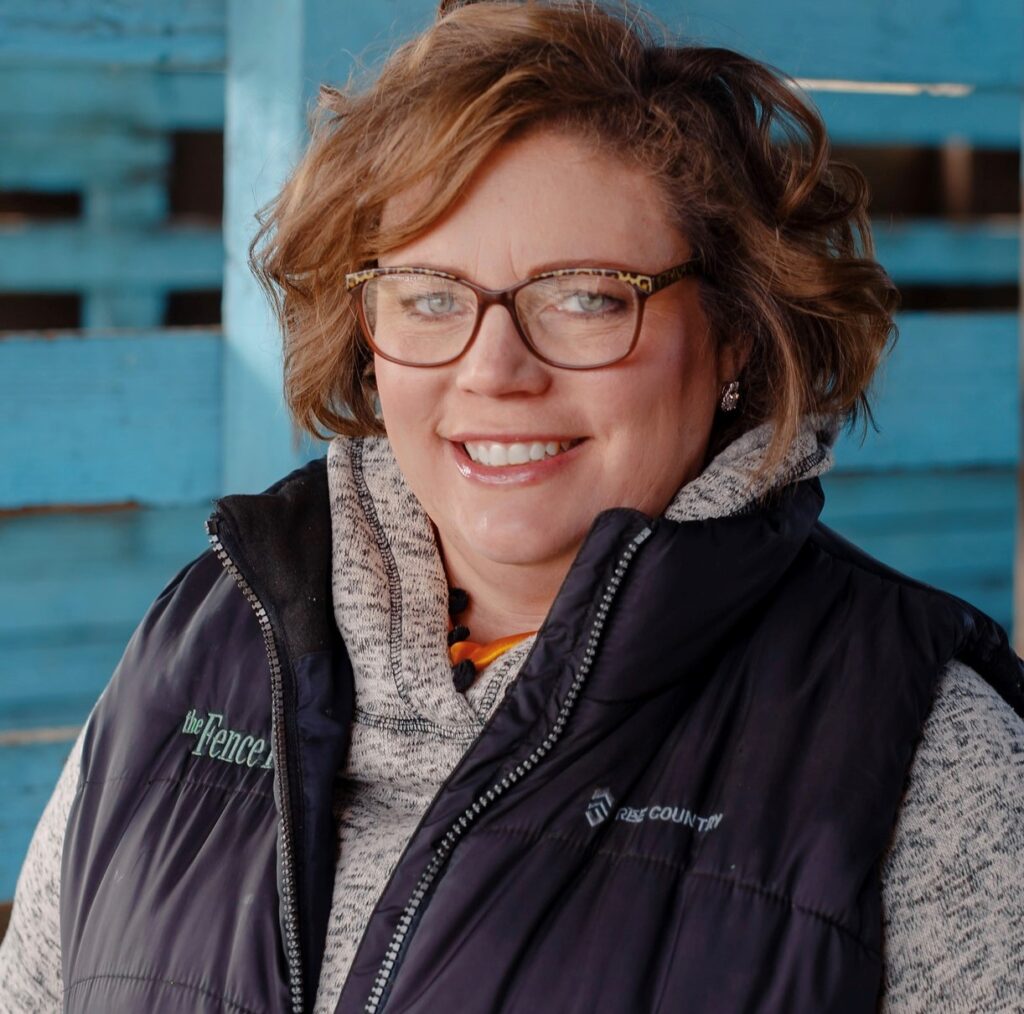Zoning rules exacerbate Colorado’s housing crisis | OPINION

Gov. Jared Polis’ recent executive order tying grants to compliance with statewide housing goals is the latest chapter in Colorado’s ongoing saga to address its housing affordability crisis.
Housing costs have doubled in Colorado during the past decade, with the state recording the fifth-highest home prices and third-highest rents in the country as of 2023.
As the largest expense for most households, higher housing costs mean less money for essentials like food, health care, and transportation. And the Colorado Futures Center estimates excess spending on housing costs the state’s economy $5.6 billion by absorbing money that could otherwise be spent at local businesses.
Among the many things required to address Colorado’s housing issues, the state must do more to address one of the most important challenges to housing affordability: zoning.
As one of the most powerful tools of local government, zoning codes control what kind of housing can be built where. Zoning codes have been adopted by 275 of Colorado’s 334 towns, cities and counties. The National Zoning Atlas (NZA) has spent the last year looking under the hood to understand how these codes work in practice.
Stay up to speed: Sign up for daily opinion in your inbox Monday-Friday
This data allowed us to conduct the first statewide zoning appraisal in Colorado. After reading more than 53,000 pages of zoning codes, the results, summarized in our Zoning Report: Colorado, were shocking. We found only 3% of Colorado’s residential land allows housing with four-or-more units. In contrast, 92% of residential land allows single-family homes. With so much of Colorado’s land banning the most affordable housing type — multi-family units — it is small wonder rents have soared so high.
But this is just part of the issue. Single-family homes can be made more affordable if they are allowed on small lots. However, our analysis found this is exceedingly rare in Colorado. Out of the 11 states for which the NZA has completed analyses, Colorado has by far the highest minimum lot requirements.
Ninety-three percent of the land allowing single-family homes in Colorado requires the lot be at least one acre. Eighty-six percent of single-family land requires at least two acres per lot. That means to build one house, you’ll need more than a football field’s worth of land to do it. And you’ll need a car to get there.
There’s also the added cost introduced by parking minimums. Eighty-five percent of jurisdictions with zoning in the state require parking spaces for every unit built. Colorado codes commonly require two parking spaces per unit. These parking spots take up space that could instead be used for additional housing units. Homebuilders compensate by charging higher rents.
In short, Colorado’s zoning codes promote environmentally destructive sprawl and car dependency, and they contribute to the inflation of home prices and rents. Long-time Coloradans are priced out of the communities they grew up in, and young adults who might have left for college cannot afford to return home.
In Arvada, councilmembers have objected to state laws requiring them to lower parking minimums as an action to “undermine the city’s character.” Yet in that suburb, there is a palpable absence of land zoned for multi-family housing.
Similarly, in Northglenn — where councilmembers recently passed a declaration stating as a “home rule city” its local rulings supersede state law — just 8% of land is zoned for multi-family housing by right.
Many Coloradans feel the housing crunch and want relief. When one town refuses to build more affordable homes, prices can be driven up miles from that town’s borders. That’s why Gov. Polis issued his executive order — and why he cited the NZA report in pledging to do even more. It’s also why the state legislature has started passing laws to promote more affordable accessible housing options. Recent bills have helped to legalize accessory dwelling units, reduce or eliminate parking mandates, and increase multi-family housing production around transit stations.
But, as the NZA reveals, more must be done at the state level to ensure local zoning contributes positively to Colorado’s future.
Sara C. Bronin is founder of the National Zoning Atlas (NZA) and the author of “Key to the City: How Zoning Shapes Our World.”














